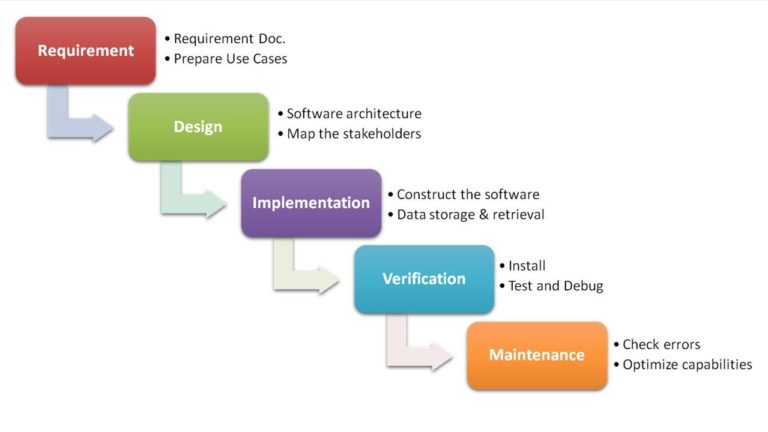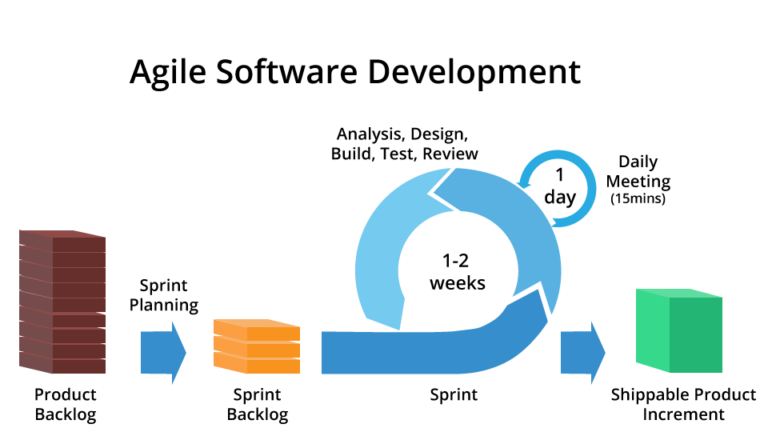CUSTOM SOFTWARE DEVELOPMENT
At VSL, we offer a full range of custom software development services for a wide variety of verticals and business domains. With a serious and regardful attitude towards your business, we start from the point of concept examination: our specialists carefully analyze your needs and help you create a detailed software requirements specification, which is indispensable for implementing the project the way you envision it.
Full Life-cycle Software Development
- Develop software applications from business ideas to deployment: requirement analysis, design, coding, testing, deployment, maintenance and supporting
Implementation
- Develop software based upon an initial design
- Develop modules and components of multi-partner software development projects
Sustaining
- Maintain existing software, fix bugs, develop new features, etc.
Porting & Upgrading
- Port software to different programming languages or platforms
- Migrate legacy systems to new technologies for improved performance and reduced maintenance and support costs
Data Migration
- Migrate your data to another better database engine
- Replacement of storage equipments
- Application upgrade

Other Services
VSL Software Development Process
We base on the two basic, most popular methodologies: Waterfall & Agile.
Waterfall or the traditional approach
Waterfall is a linear approach to software development. In this methodology, the sequence of events is something like:
- Gather and document requirements
- Design
- Code and unit test
- Perform system testing
- Perform internal testing
- Perform user acceptance testing (UAT)
- Fix any issues
- Deliver the finished product and go to maintenance mode

Agile Way
Agile is an iterative, team-based approach to development. This approach emphasizes the rapid delivery of an application in complete functional components. Rather than creating tasks and schedules, all time is “time-boxed” into phases called “sprints.” Each sprint has a defined duration (usually in weeks) with a running list of deliverables, planned at the start of the sprint. Deliverables are prioritized by business value as determined by the customer. If all planned work for the sprint cannot be completed, work is reprioritized and the information is used for future sprint planning.
As work is completed, it can be reviewed and evaluated by the project team and customer, through daily builds and end-of-sprint demos. Agile relies on a very high level of customer involvement throughout the project, but especially during these reviews.

